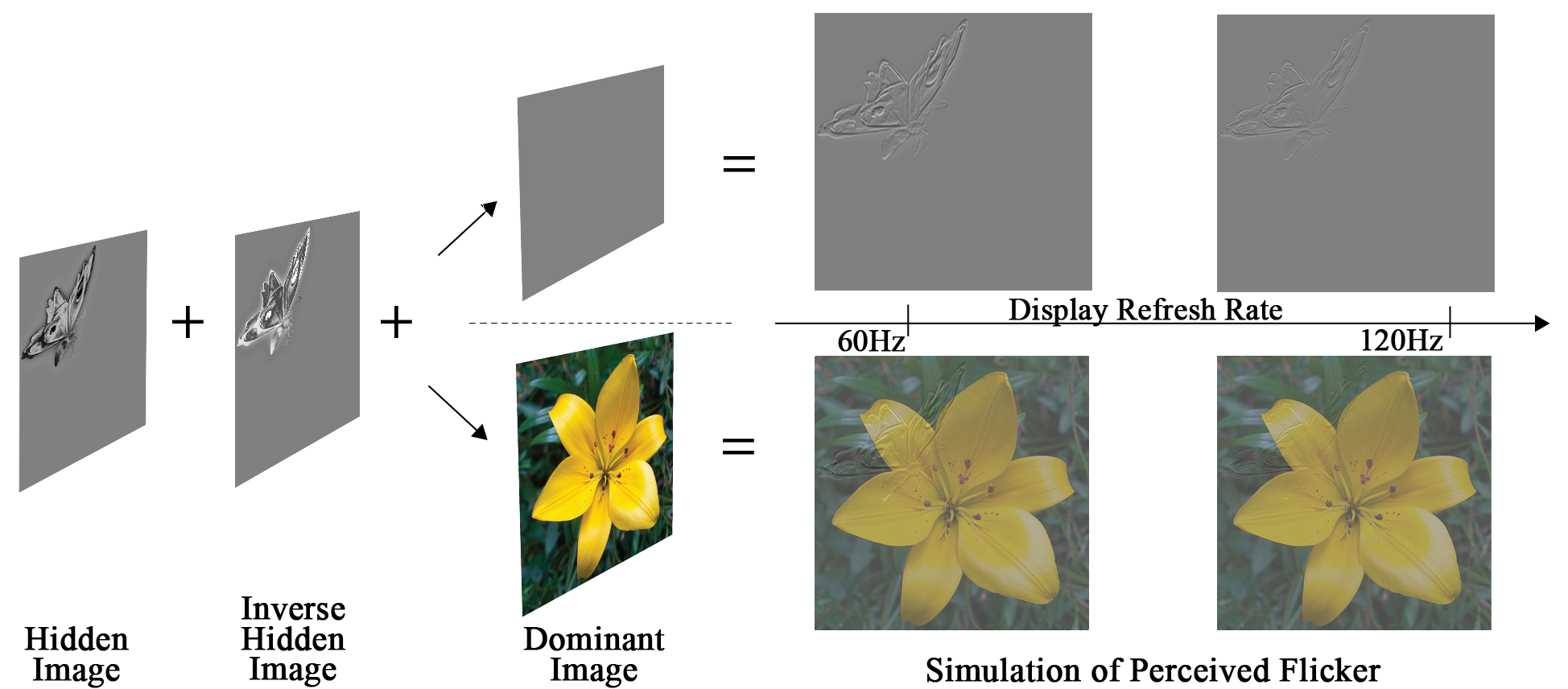Abstract:
Emerging computational displays have created opportunities for novel viewing experiences. However, they also bring complex image patterns that have never appeared on traditional displays. Commonly accepted standards for traditional displays might no longer apply to these new displays, for example, under what conditions do viewers no longer perceive flicker? In this paper, we investigate computational displays with temporally encoded hidden channels. Our user studies explored the necessary frame rate for flicker fusion on this type of display and found that the required refresh rate for displays with a hidden channel can be much higher than widely accepted ~60Hz CFF rate. In order to ground our perceptual finds, we investigate their application to 3D+2D TV, one of the many applications of hidden channel displays. We conducted user studies to understand the presence of flicker with the specific stereoscopic content found on these devices. Based on user study results we built a prototype 3D+2D TV that delivers flicker-free images to viewers.
